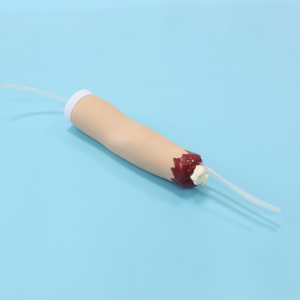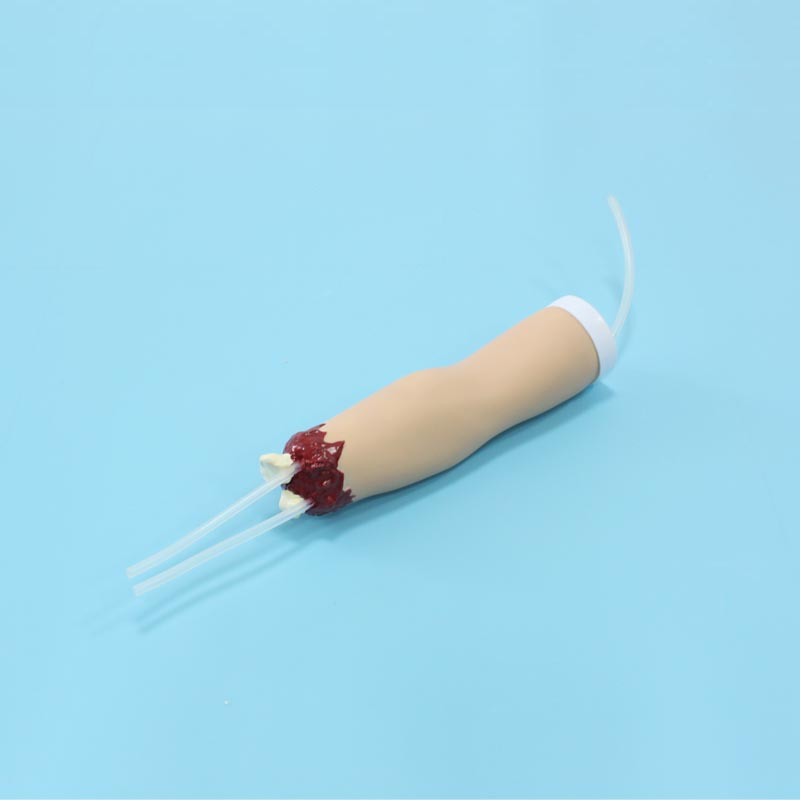ADA MED SUPPLY LIMITED
Phone:+86 19937901373
Tel:+86-0379-65160607
Email:adaanatomy@adaanatomy.com


As an indispensable tool in nursing education and clinical training, hemostatic model of upper limb trauma amputation will usher in a series of significant development trends in the future. Here is a detailed analysis of its future development trends:

1. Digital and intelligent upgrade
With the continuous development of science and technology, the future hemostatic model of upper limb trauma amputation will be more digital and intelligent. This means that models will be able to integrate more sensors and electronics, feed back the user's operational data in real time, and be analyzed and guided by intelligent algorithms. For example, the model can simulate bleeding speed and pressure in different situations, and give immediate feedback and suggestions based on the user's hemostasis operation, helping the nursing staff to master hemostasis skills more accurately.
2. The combination of virtual reality and augmented reality technology
In the future, the hemostatic model of upper limb trauma is expected to be combined with virtual reality (VR) and augmented reality (AR) technology to provide users with a more immersive training experience. With VR and AR technology, users can perform hemostatic training in a fully simulated clinical environment, as if they were there. This will greatly improve the user's training effectiveness and reduce the risk in the actual operation.
3. Personalized and customized services
With the diversification of user needs, the future model of upper limb trauma bleeding will pay more attention to personalized and customized services. The model can be customized according to the physical characteristics, skill level and training needs of different users to provide more suitable training programs. In addition, the model can be continuously optimized based on user feedback and data to provide more accurate and efficient training services.
4. Interdisciplinary integration and innovation
In the future, the development of hemostatic model of upper limb trauma will no longer be limited to nursing disciplines, but will be more cross-fusion and innovation with medicine, biology, engineering and other disciplines. For example, by combining with biology and medicine, the model can more realistically simulate the structure and function of human tissues; Through the combination of engineering, the model can be designed more ergonomic operating interface and handle. This interdisciplinary integration will promote the continuous innovation and breakthrough in the technology and function of the hemostatic model of upper limb trauma.
5. International exchanges and cooperation
With the acceleration of globalization, the future hemostatic model of upper limb trauma will be more involved in international exchanges and cooperation. Through cooperation and exchanges with international advanced enterprises and research institutions, more advanced technology and management experience can be introduced to promote the continuous improvement of the model in technology and quality. At the same time, it can also strengthen communication and exchange with international counterparts, and jointly promote the development of global nursing education and clinical training.